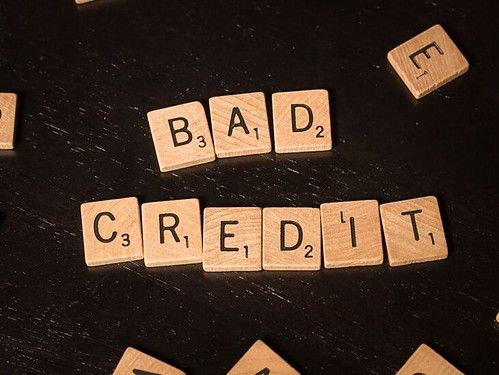
Improving your credit score can feel like a daunting task, especially when you’re aiming for a significant jump of 100 points in a relatively short timeframe, such as 90 days. While there’s no single magic bullet for an instant fix, understanding the core components of your credit score and consistently applying strategic actions can indeed lead to substantial improvements. The journey to a healthier financial profile is built on informed decisions and diligent execution, empowering you to access better loan terms and greater financial flexibility.
Many factors influence how quickly your credit score can rise, including your starting score, recent credit activity, the types of credit you’ve used, and the length of your credit history. Individuals with lower initial scores often experience faster growth because there’s more room for improvement, and correcting past missteps can have a more pronounced positive effect. Conversely, those with already strong credit histories may see slower, incremental gains, as they are likely already managing their credit effectively.
To help you navigate this path, we’ve identified 12 key strategies designed to empower you with the knowledge and tools to make informed financial decisions. The first half of these strategies focuses on foundational actions that can yield significant results in the short to medium term, setting the stage for substantial credit score enhancement. Let’s delve into these critical steps that can help you build a stronger credit foundation.

1. **Pay Bills on Time**No strategy for credit improvement will be effective if you consistently pay your bills late. Payment history is, without a doubt, the single largest scoring factor in both FICO and VantageScore credit scoring systems, making it highly influential. Late payments, specifically those 30 days or more past due, can linger on your credit reports for up to seven years, significantly impacting your score.
If you find yourself in a situation where you miss a payment by 30 days or more, your immediate action should be to pay the outstanding balance. Following this, it’s advisable to contact your creditor, either by phone or online chat, and politely inquire if they would consider not reporting the missed payment to the credit bureaus. You’re more likely to succeed with this request if it’s an isolated incident and you have a solid history of on-time payments.
Even if the creditor declines your request, it remains crucial to bring your account current as quickly as possible. Each month an account is flagged as delinquent causes further damage to your score. The impact of delinquent payments does diminish over time, and actively adding more positive credit accounts to your profile can help accelerate this fading effect.
Preventing missed payments can be a low time commitment. Simple organizational tactics like setting up account reminders or opting for automatic payments to cover at least the minimum amount due can be highly effective. The speed of improvement with this strategy varies, depending on the number and recency of missed payments, and how late they were, but consistent on-time payments are the bedrock of good credit.
Read more about: Buyer Beware: These 10 Sedans Are Resale Disasters After Just 5 Years
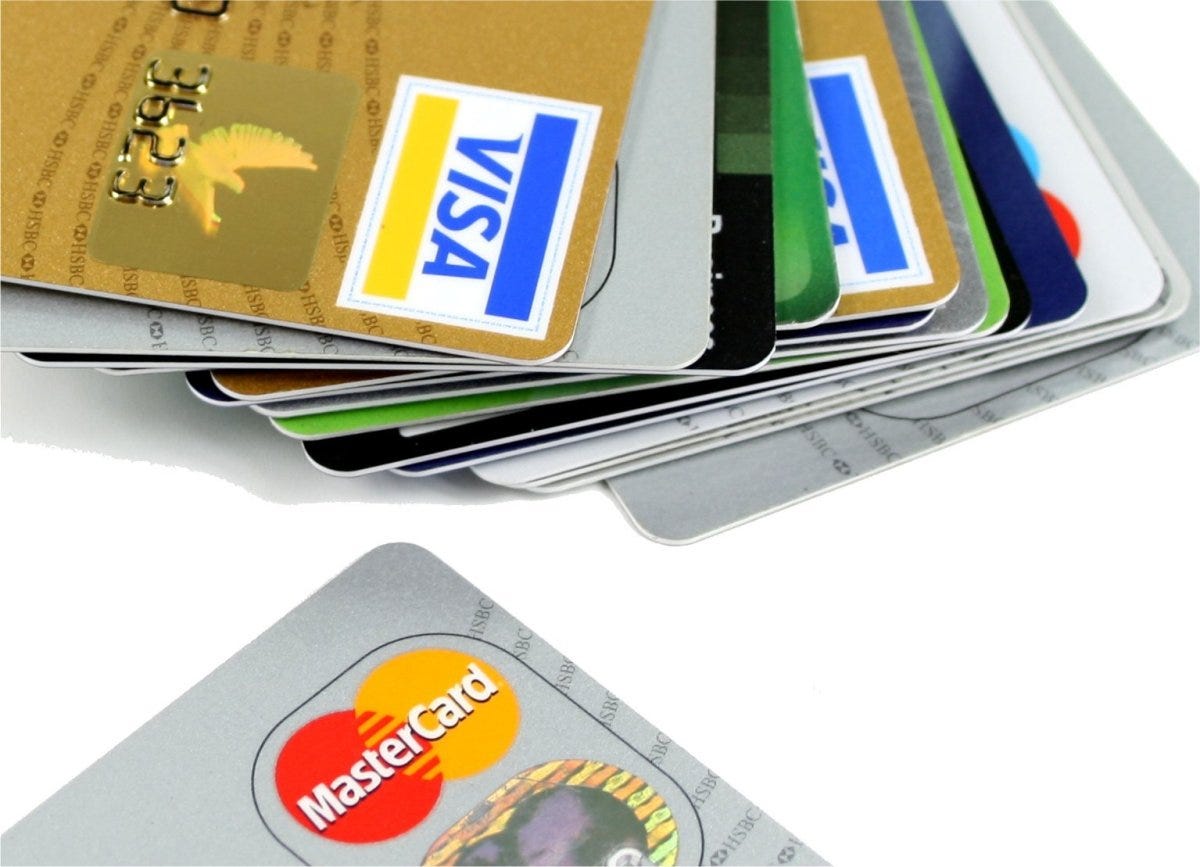
2. **Optimize Credit Card Utilization**Your credit utilization, which is the portion of your credit limits you are using at any given time, is usually the second-biggest factor in your credit score. A widely accepted guideline suggests maintaining your usage below 30% of your limit on any single card, though ideally, lower is always better. The highest credit scores are often observed in individuals who keep their credit utilization in the single digits.
Effectively managing the amount of credit you use is a direct way to influence your credit score. You can achieve lower utilization by paying down your balance before the billing cycle concludes. For those with less predictable income streams, making smaller, frequent payments throughout the month can help keep your balance consistently low. Utilizing funds from seasonal work income, tax refunds, or even gifts can also be a smart way to pay down outstanding balances.
Understanding when your card issuer reports to the credit bureaus is key to optimizing this strategy. This information is typically found on your statement, often coinciding with the end of your billing cycle. If you can’t locate it, a quick call to your card issuer’s customer service line can provide specific dates or timeframes, and also inform you which bureaus they report to.
The time commitment for this strategy ranges from low to medium. Setting calendar reminders for payments or activating alerts within your credit card accounts can streamline the process. Implementing financial management techniques, such as consolidating all payments through one bank account or placing all bills on a single credit card, can further simplify tracking and balance management. The good news is that this strategy can work fast: as soon as your credit card reports a lower balance to the credit bureaus, that reduced utilization will be factored into your score calculation, often leading to rapid improvement.
Read more about: Navigating the New Tax Landscape: 14 Key Changes Freelancers Must Know for 2025
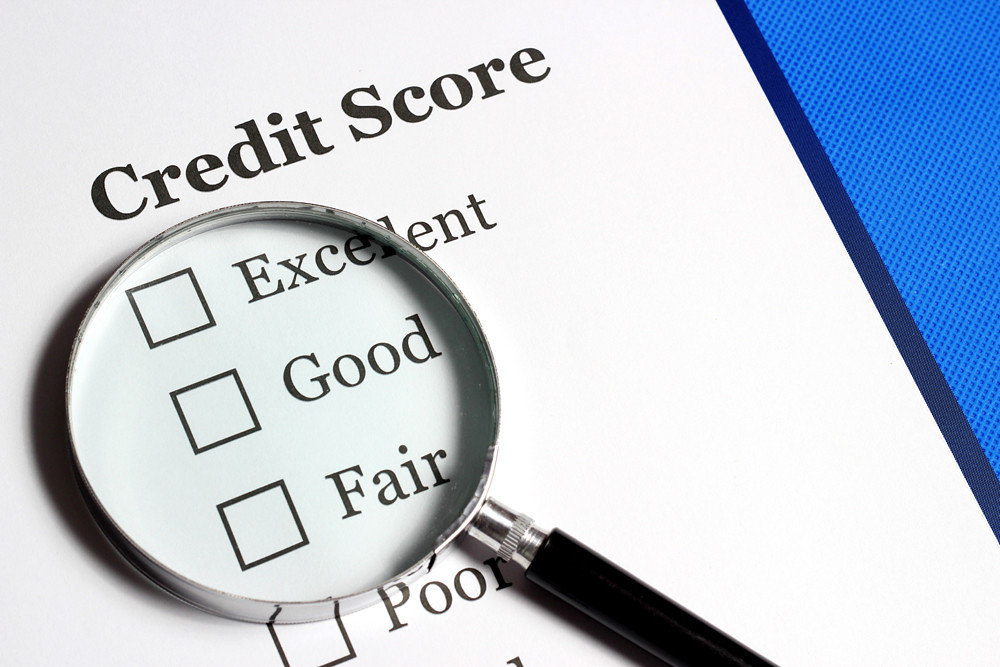
3. **Request Higher Credit Limits**When your available credit limit increases while your current balance remains the same, it immediately reduces your overall credit utilization. This favorable shift can significantly improve your credit score. If your financial circumstances have improved, perhaps through an increase in income or a longer history of positive credit behavior, you are likely in an excellent position to request a higher credit limit from your card issuer.
However, before initiating a request for a credit limit increase, it is crucial to have a clear plan for maintaining your current spending habits. The objective is to lower your utilization, not to invite new debt. If the prospect of additional available credit poses a temptation to spend more, then this particular strategy may not be the most suitable for your financial goals. Your focus should remain on responsible credit management.
This strategy is highly influential because credit utilization is a substantial component of credit scores. The time commitment is low, requiring only a call to your credit card issuer to inquire about a higher limit. It’s also worth asking if it’s possible to avoid a “hard” credit inquiry during this process, as such inquiries can temporarily reduce your score by a few points. This approach can work fast; once the higher limit is reported to the credit bureaus, your overall credit utilization will immediately decrease, assuming you don’t spend the newly available credit.
Read more about: Don’t Let These Simple Mistakes Sabotage Your Financial Future: How Common Errors Can Instantly Drop Your Credit Score by 50 Points
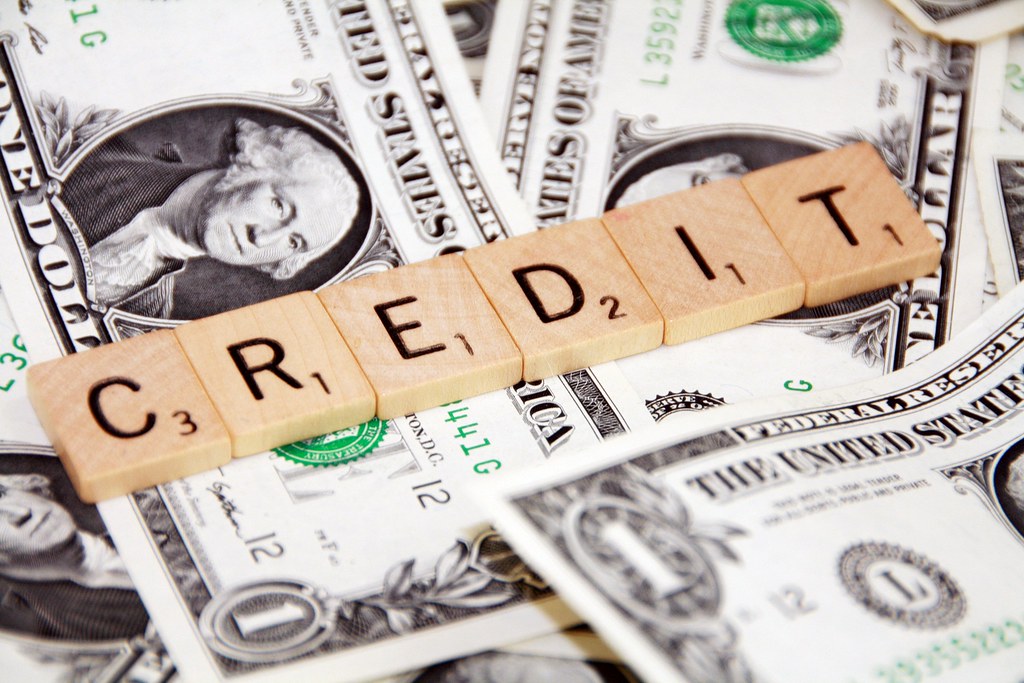
4. **Become an Authorized User**For those looking to boost their credit, especially individuals new to credit or with thin credit files, becoming an authorized user on another person’s credit card account can be a powerful strategy. If a trusted individual, such as a relative or mentor, possesses a credit card account with a high credit limit and a consistent history of on-time payments, you might consider asking them to add you as an authorized user. Crucially, the account holder does not need to grant you access to use the physical card or even provide you with the account number for your credit to benefit.
The key to maximizing this strategy is ensuring that the account reports to all three major credit bureaus: Equifax, Experian, and TransUnion. Most credit cards do, but confirming this is important for optimal effect. For individuals with an established credit history, the impact may be smaller, serving more to offset previous missteps or to further lower overall credit utilization rather than providing a dramatic initial boost.
This approach typically involves a low to medium time commitment, primarily centered around discussing the arrangement with the account holder. This discussion should clarify whether you will have actual access to the card and account, or if you will simply be listed as an authorized user for credit reporting purposes. The impact can be fast; as soon as you are added and the lender reports the updated information to the bureaus, the positive history of that account can begin to benefit your credit profile.
Read more about: The Enduring Magic: Why Forgotten Physical Ticket Stubs Still Stir Our Souls in a Digital Age
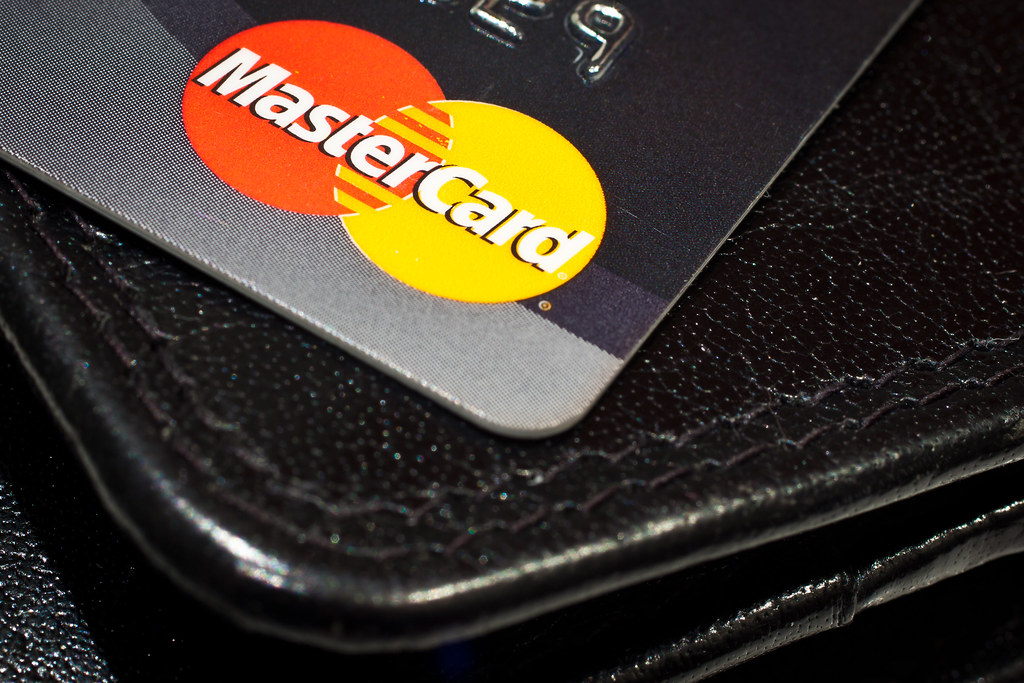
5. **Dispute Credit Report Errors**A single mistake on one of your credit reports can be silently dragging down your score. Proactively disputing these errors can be a swift and effective way to improve your credit. You are entitled to free weekly reports from each of the three major credit bureaus—Experian, Equifax, and TransUnion—which you can request through AnnualCreditReport.com.
Once you have your reports, it’s essential to scrutinize them for inaccuracies. Look for payments that are incorrectly marked as late when you paid on time, or instances where someone else’s credit activity has been mistakenly mixed with yours. Additionally, check for negative information, such as bankruptcies, accounts in collections, foreclosures, or other derogatory marks, that are too old to legally remain on your report—typically, such items should be removed after seven years.
The score impact of disputing errors varies greatly but could be high, especially if a creditor is erroneously reporting a missed payment that you did, in fact, make. Rectifying such a significant error can lead to a substantial score increase. This strategy involves a medium to high time commitment; it requires dedicated effort to request and thoroughly read your credit reports, meticulously dispute any identified errors, and diligently track the follow-up process.
However, the process is undoubtedly worthwhile, particularly if you’re working to build your credit ahead of a major financial milestone, such as applying for a large loan like a mortgage. If a mortgage is in your future, it is highly recommended to complete any disputes with ample time to spare, as the resolution process can take time. The credit bureaus generally have 30 to 45 days to investigate and respond to disputes.
While some companies offer services to dispute errors and promise quick credit improvements, it is prudent to proceed with caution when considering third-party assistance. The effectiveness and speed of this strategy ultimately vary, depending on the nature and complexity of the errors identified, but it remains a critical step in ensuring your credit profile accurately reflects your financial responsibility.
Read more about: Don’t Let These Simple Mistakes Sabotage Your Financial Future: How Common Errors Can Instantly Drop Your Credit Score by 50 Points
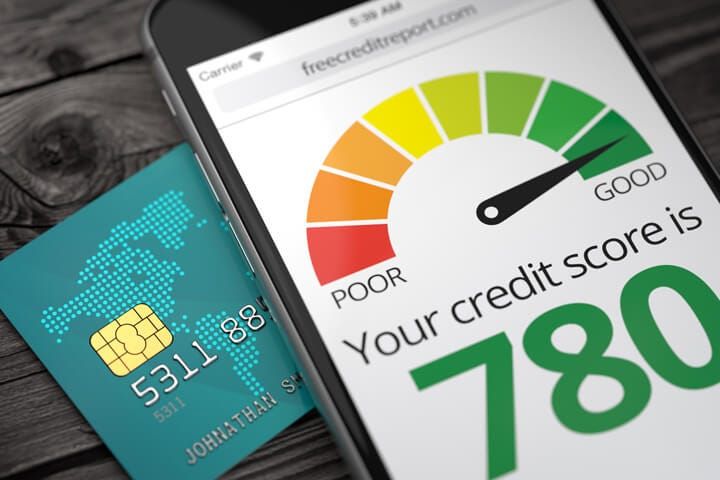
6. **Deal with Collections Accounts Strategically**Accounts that have gone into collections represent a serious negative mark on your credit report, significantly impacting your score. Addressing these accounts effectively can lead to substantial improvements. Paying off a collections account eliminates the threat of legal action over the debt, and in some cases, you may be able to negotiate with the collection agency to cease reporting the debt once it’s paid in full.
Furthermore, you can have collections accounts removed from your credit reports if they are found to be inaccurate or if they have aged off your credit report but are still erroneously listed. For instance, thanks to recent credit reporting changes, paid medical collections no longer appear on credit reports, and unpaid medical debts under $500 are no longer factored into credit scores. After making a payment on medical debt, it’s vital to check your credit report to ensure the debt has been properly removed.
If a collection agency agrees to stop reporting the account, the potential score impact could be great. The effect of paid collections on your score also depends on the specific scoring model used. The widely used FICO 8 model still considers paid collections, but more recent FICO models and VantageScores often disregard paid-off collections entirely, meaning your score can improve as soon as the paid-off status is reported to the credit bureaus.
This strategy typically requires a medium time commitment. You’ll need to request and review your credit reports to identify any listed collections accounts, then formulate a plan to address them. For credit scores that do not factor in paid collections, such as VantageScore and newer FICO models, improvement can be moderately quick once the paid-off status is reported. However, in other scenarios, such as disputing an account or asking for a goodwill deletion, the process could extend to a few months. Remember, negotiation for a ‘pay-for-delete’ agreement—getting the agency to remove the debt from your report once paid—can be a powerful tool, but always get such agreements in writing before making your final payment.
Building and Sustaining Credit: Exploring six additional powerful strategies for long-term credit health, including leveraging alternative data, diversifying credit, and strategic account management.
After laying the groundwork with crucial immediate strategies, our journey toward robust credit health continues with six additional powerful approaches. These next steps focus on expanding your credit profile, leveraging alternative data, and implementing strategic management techniques that foster long-term stability and growth. These aren’t quick fixes but rather consistent actions designed to solidify your financial foundation, pushing your score towards that coveted 100-point increase and beyond.
Read more about: Slash Your Medical Bills: Practical Lifehacks to Save Thousands and Conquer Healthcare Debt

7. **Use a Secured Credit Card**For individuals navigating the initial stages of credit building or looking to mend a less-than-perfect credit history, a secured credit card offers a powerful, accessible pathway. Unlike traditional credit cards, a secured card requires an upfront cash deposit, which then typically serves as your credit limit. This deposit acts as collateral, mitigating risk for the issuer and making it easier for those with limited or damaged credit to qualify.
Once you have a secured card, you use it much like any other credit card, making purchases and then paying your bill. The critical difference for your credit score lies in your payment behavior. By consistently making on-time payments and keeping your balances low, you generate positive reporting to the credit bureaus. This diligent activity is precisely what credit scoring models look for, establishing a track record of responsible credit management.
This strategy is particularly beneficial for those new to credit or those seeking to introduce more positive accounts to dilute past missteps. While the immediate score impact can vary, it primarily helps by creating new, positive credit history. The key is to select a card that reports your activity to all three major credit bureaus—Equifax, Experian, and TransUnion—to maximize its benefit across your entire credit profile. Remember to pay your bill each month, as a missed payment could result in a late fee or even force the issuer to use your deposit to cover the debt, defeating the card’s purpose for credit building.
Secured cards demand a medium time commitment, mainly centered around researching reputable issuers and monitoring your usage. The impact on your score typically takes several months, as the goal is to build a sustained record of responsible use. It’s not just about having another card; it’s about consistently demonstrating your ability to manage credit responsibly over time, incrementally improving your depth of credit and solidifying your credit standing.
Read more about: 11 Leather Goods Bloggers Need to Feature: Transforming Thrift Finds into Luxurious Photo-Ready Treasures
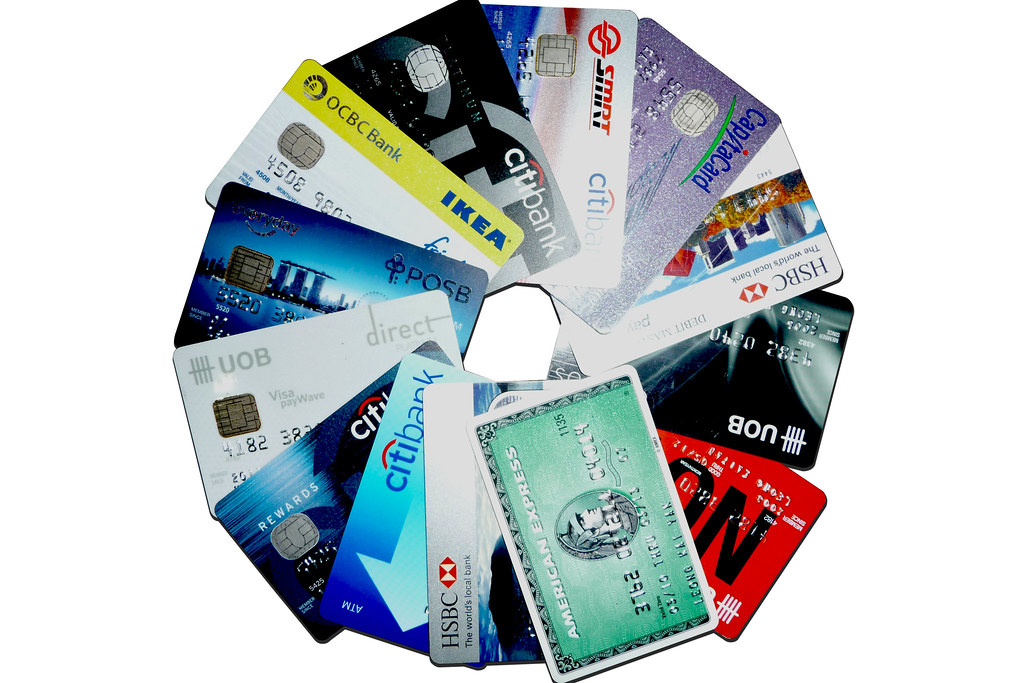
8. **Get Credit for Rent and Utility Payments**Traditionally, your on-time rent and utility payments don’t directly factor into most credit scores, as these aren’t typically reported to the major credit bureaus. However, this is changing, and leveraging alternative data through rent-reporting services or innovative tools like Experian Boost can unlock significant potential for credit improvement, especially for those with limited credit history.
Rent-reporting services act as intermediaries, taking your consistent, on-time rent payments and adding them to your credit reports. While not all scoring models consider rent payments—VantageScores, for example, typically include them, whereas FICO 8 generally does not—having this information on your report can still be highly beneficial. A long record of consistent payments paints a picture of financial reliability to potential creditors who manually review your reports, providing a positive data point even if not directly calculated into every score.
Another powerful tool in this arena is Experian Boost. This free service allows you to link your bank accounts, which then scans for on-time payments to streaming services, phone bills, and eligible utility bills. You have the control to choose which of these payments you want added to your Experian credit report. For many, this can provide an instant boost, particularly if they have a history of responsible payments that haven’t previously been recognized by traditional credit models.
The score impact from incorporating rent and utility payments varies, largely depending on the scoring model used and your payment history. The time commitment after initial setup is remarkably low, essentially requiring no additional effort once configured. The speed of impact also varies; Experian Boost works instantly for eligible payments, while rent-reporting services might offer an instant ‘lookback’ of past payments or require a few months to build a new record. This strategy is an excellent way to turn everyday financial responsibility into a tangible credit advantage.
Read more about: Navigating the Rental Maze: 14 Hidden Financial Traps in Lease Agreements for Young Professionals, Students, and Families

9. **Add to Your Credit Mix**Credit scoring models appreciate a diverse credit profile. Having a healthy mix of credit accounts, rather than relying solely on one type, signals to lenders that you can responsibly manage various forms of debt. This diversity can enhance your credit score, particularly if the new account represents a type of credit you don’t currently possess, thereby demonstrating a broader financial responsibility.
What constitutes a good credit mix? It generally refers to a combination of revolving credit, like credit cards, and installment loans, such as auto loans, mortgages, or personal loans. If your current credit history primarily consists of credit cards, introducing an installment loan can be a strategic move. Conversely, if you only have loans, adding a responsibly managed credit card can broaden your profile.
For those looking to diversify, if a secured credit card isn’t suitable due to the deposit requirement, a credit-builder loan can be a low-cost alternative. With a credit-builder loan, the loan amount is held in a locked savings account while you make payments. Once the loan is paid off, you receive the funds, having simultaneously built a positive payment history. It is crucial, however, to ensure that any new loan or credit card you consider reports to all three major credit bureaus to maximize its impact.
Beyond diversifying the types of credit, a new card can also benefit your overall credit utilization by providing more available credit, assuming you maintain your existing spending habits and don’t accrue new debt. The score impact varies, with greater potential gains for individuals with fewer accounts or shorter credit histories. While it requires a medium time commitment for research and application, the benefits can be seen relatively fast, as soon as the new account’s activity is reported to the credit bureaus.
Read more about: 11 Leather Goods Bloggers Need to Feature: Transforming Thrift Finds into Luxurious Photo-Ready Treasures
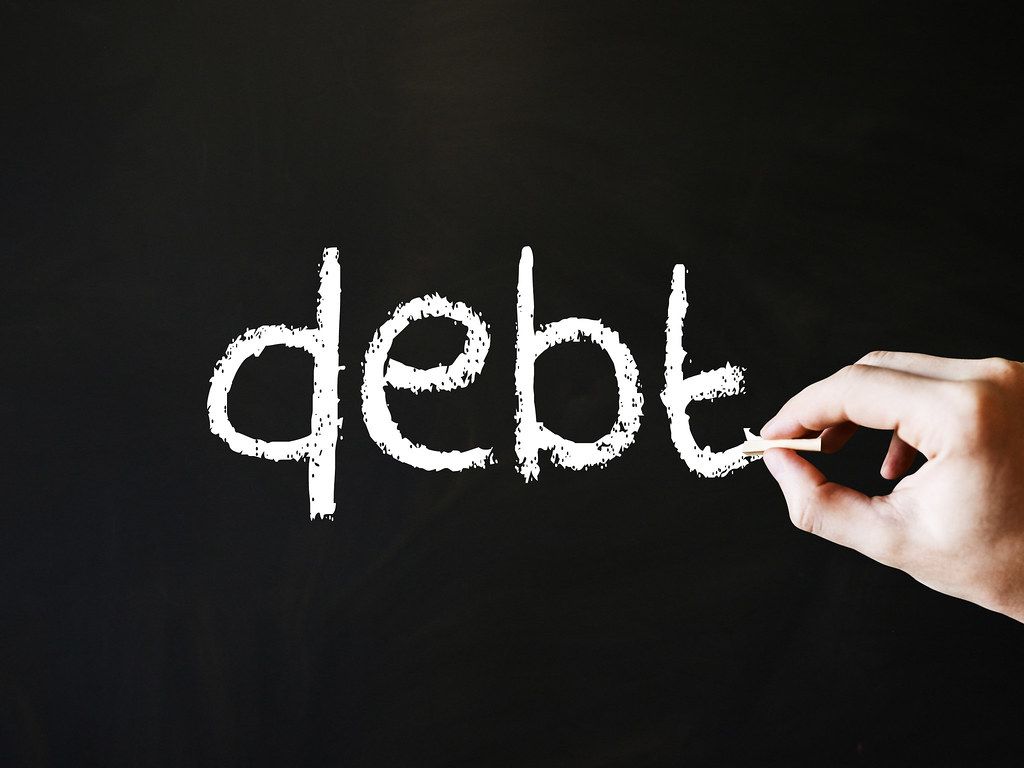
10. **Pay Off Your Debt Instead of Continually Transferring It**While transferring a balance from a high-interest credit card to a zero-interest or lower-interest card can offer temporary relief and help manage payments, it’s crucial to view this tactic as a means to an end, not an end in itself. The ultimate goal should always be the complete elimination of debt, not just shifting it from one lender to another. Continual transfers can mask underlying spending habits and prevent true financial progress.
FICO, one of the leading credit scoring systems, explicitly states that paying down your overall debt is among the most effective ways to boost your score. This isn’t merely about reducing your minimum monthly payments; it’s about actively decreasing your total outstanding balance. When you systematically reduce your debt, your credit utilization ratio naturally improves, which is a significant factor in credit score calculations.
To effectively implement this strategy, focus on creating a disciplined debt repayment plan. Consider the avalanche or snowball method to tackle balances strategically. The avalanche method prioritizes paying off debts with the highest interest rates first, saving you money over time, while the snowball method focuses on paying off the smallest balances first to build momentum. Both approaches, when consistently applied, lead to tangible debt reduction.
Furthermore, explore options like a personal loan to consolidate high-interest credit card debt. Almost any personal loan will likely carry a lower interest rate than the average credit card, making it a more efficient way to pay down principal. However, securing such a loan might be challenging if your credit score is currently low. Regardless of the method, the unwavering commitment to eliminate debt rather than just juggle it is a powerful long-term strategy for credit score enhancement and overall financial well-being.
Read more about: Stop Making These 13 Common Mistakes with Your HSA: Maximize Your Healthcare Savings and Future Wealth
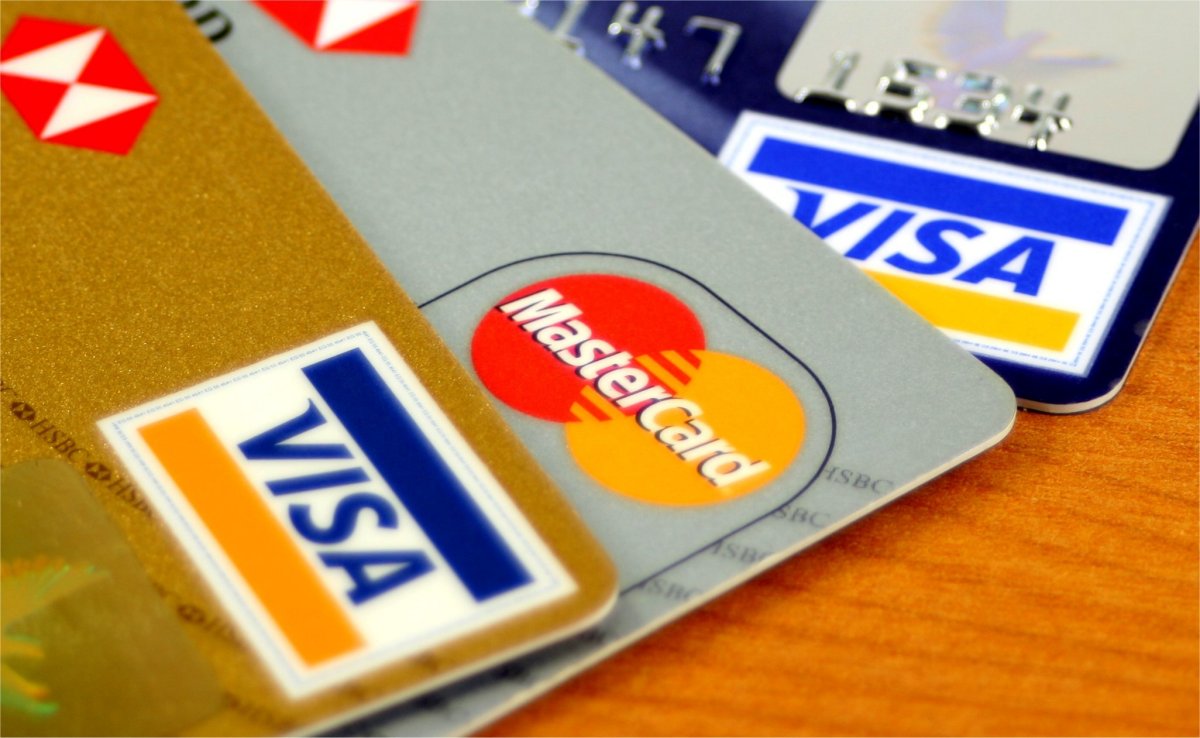
11. **Don’t Close Old Credit Cards**It might seem counterintuitive to keep credit cards open that you no longer use, especially if you’re trying to simplify your finances or avoid temptation. However, closing older credit card accounts can inadvertently harm your credit score, potentially undoing some of the hard work you’ve put into improving it. This strategy is vital for maintaining a strong credit profile and leveraging your established credit history.
One significant reason to keep old accounts open is their impact on your credit utilization. When you close a credit card, you instantly reduce your total available credit. If your outstanding balances remain the same, this action immediately increases your credit utilization ratio, which is a major factor in your credit score. For example, if you have a $1,000 balance on a card with a $5,000 limit (20% utilization) and you close another card with a $5,000 limit, your overall available credit drops to $5,000, making your $1,000 balance now 20% of your *new* total available credit, but the closure reduces your overall available credit, impacting your overall utilization calculation across all cards.
Another critical factor is the length of your credit history. Your FICO score, for instance, dedicates 15% to the length of your credit history, rewarding individuals with longer-standing accounts. Your oldest credit cards contribute significantly to the average age of your accounts. Closing an old card shortens this average, which can negatively impact your score by making your credit history appear less established. This long-term track record of responsible credit usage is something that cannot be quickly rebuilt.
Instead of closing an old card, consider alternative strategies. If the card has an annual fee, you might call the issuer and request to downgrade it to a no-fee version, ensuring it remains open without incurring unnecessary costs. Another approach is to use the card occasionally for small, easily payable purchases, ensuring it remains active and continues to report positive payment history to the credit bureaus. Maintaining these old, well-managed accounts is a simple yet effective way to preserve your credit score and continue building a robust credit history.
Read more about: 11 Leather Goods Bloggers Need to Feature: Transforming Thrift Finds into Luxurious Photo-Ready Treasures
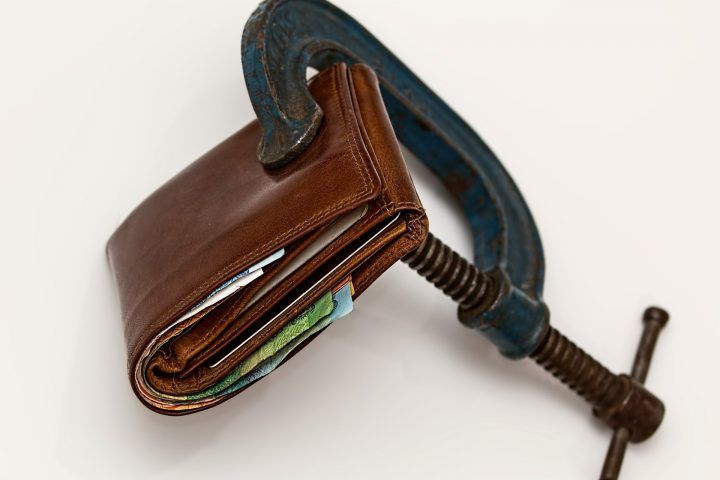
12. **Manage Credit Inquiries Strategically**As you embark on your credit-building journey, you might be tempted to apply for new credit cards or loans to diversify your credit mix or increase available credit. However, each application typically triggers a “hard inquiry” on your credit report, which can temporarily lower your credit score by a few points. While the impact is usually minor and short-lived, too many hard inquiries in a short period can signal higher risk to lenders, especially when you are actively trying to raise your score.
It’s essential to be judicious about when and why you apply for new credit. If your primary goal is to significantly boost your credit score within a 90-day window, it’s generally advisable to avoid opening new accounts unless absolutely necessary and strategically planned. The temporary dip from an inquiry could counteract the gains you’re making from other strategies, making your progress slower than desired. The context clarifies that too many queries in the most recent two years can cause a score drop.
However, there are nuances to this rule. If you are shopping for specific types of loans, such as a mortgage or an auto loan, credit scoring models are often designed to recognize this. They allow for a ‘rate shopping’ period, typically within a few days or weeks, where multiple inquiries for the same type of loan are counted as a single inquiry. This is why you can shop around for the best rates without disproportionately harming your score, provided you cluster these applications within the designated timeframe. It’s about being smart, not avoiding all inquiries outright, but understanding their impact.
Therefore, before applying for any new credit, carefully consider your need for it and how it aligns with your overall credit improvement plan. If you’re seeking to diversify your credit mix, ensure the potential benefits outweigh the temporary score dip from the hard inquiry. The best long-term strategy involves not applying for credit you don’t genuinely need, thereby preventing unnecessary inquiries and preserving your credit score. By managing your credit inquiries strategically, you protect your score from avoidable reductions, allowing your diligent efforts in other areas to shine through.
Read more about: Slash Your Medical Bills: Practical Lifehacks to Save Thousands and Conquer Healthcare Debt
The journey to a 100-point credit score increase in 90 days, or even a more gradual but equally significant climb over six to twelve months, is a testament to consistent effort and informed financial decisions. While no single quick fix guarantees instant results, combining these powerful strategies offers a comprehensive roadmap. By mastering on-time payments, optimizing utilization, strategically managing existing accounts, and thoughtfully approaching new credit, you empower yourself to build and maintain a strong credit profile. Remember, your credit score is a dynamic reflection of your financial habits, and with diligence, you can shape it into a powerful asset, unlocking better financial opportunities and greater peace of mind. Your financial future is a marathon, not a sprint, but with these tools, you’re well-equipped for success.



